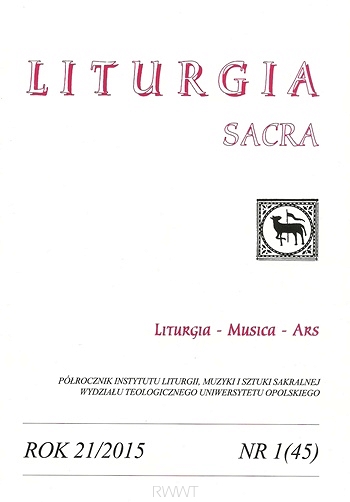Mecenat rodu von Oppersdorffów w XVII w.
The Oppersdorff family patronage in the seventeenth century
Author(s): Kamil AdamusSubject(s): Christian Theology and Religion, Fine Arts / Performing Arts, Architecture, Visual Arts, Theology and Religion
Published by: Uniwersytet Opolski
Keywords: histiory; architecture; art; Silesia; patronage;
Summary/Abstract: The subject of the article is the Oppersdorff family patronage in Głogówek area in the seventeenth century. Jan from Eberstein, the knight, who came from Switzerland was the ancestor of the Silesian Oppersdorff family. The first seat of the Oppersdorff family was Gać and the next one — Głogówek. In 1562 Głogówek and twenty-four surrounding villages were leased by the baron Jan von Oppersdorff and since that time the catholic count’s family started on a grand scale foundations according to a saying cuius regio eius religio. To such foundations belong: the Loreto Chapel (1629), the Replica of Lord’s Sepulchre from Jerusalem (1644), The Eight O’clock Bell (1650) and a church on so called Gliniana Górka, the St. Anthony Chapel in the franciscan church, the Marian Column in the market square from 1669 and the chapel dedicated to the Virgin Mary of Bardo from 1658. Apart from architectural projects, the family von Oppersdorff founded liturgical garments. In the treasury of the former collegiate church there are three liturgical garments with the founder and his wife’s coats of arms. Three generations of the Oppersdorffs raised Głogówek’s values to such a level, that the town can be called “Upper Silesian Rome”. Numerous foundations confirm the pioneering role and the importance of the Oppersdorff family activities in the spread of Tridential Catholicism in Silesia.
Journal: Liturgia Sacra
- Issue Year: XXI/2015
- Issue No: 45
- Page Range: 213-227
- Page Count: 15
- Language: Polish
- Content File-PDF

